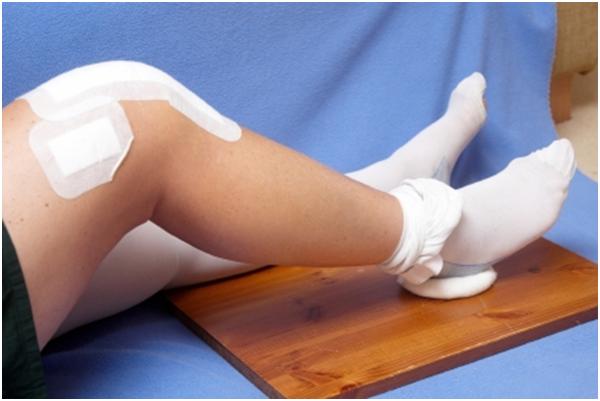
Knees are one of the important joints in a human body. The knee consists of lower end of thighbone, upper end of shinbone and kneecap. These bones are covered with articular cartilage, an elastic substance that enables the knee bones to move smoothly. The remaining surface of the knee is covered with thin synovial membrane, which releases a fluid that acts as a lubricant between the bones. This fluid is essential for the proper movement of knee bones during any physical activity.
When there is damage in the articular cartilage or in the synovial membrane, the movement of the knee bones becomes rigid and rough, and thus causes knee pain even while doing normal activities. This is because the bones begin to rub against each other when there is no fluid or when the cartilage wear out. This condition of pain and swelling in the knees is known as arthritis. The type of knee pain can be acute or chronic depending on the type of arthritis. There are three major types of arthritis.
Osteoarthritis occurs when there is a damage in the cartilage and causes pain in the knee joints. In the case of Rheumatoid arthritis, the synovial membrane begins to produce excessive amount of fluid that fill the bone joints. Traumatic arthritis occurs when the ligaments that protect the knee bones tear away. For all these cases, total knee replacement can reduce pain and restore the knee back to its normal working condition.
How does a total knee replacement help to cure knee damage? Total knee replacement is a surgical procedure to replace the damaged knee compartments with artificial materials like plastic and metal shell. During the surgery, the ligaments are either retained or replaced with polyethylene. If the damage occurs in only one compartment, then it can be corrected using unicompartmental knee replacement surgery. But, unicompartmental knee replacement is suitable only for older or thinner people.
How do you decide whether total knee replacement is the right solution for you? If you experience severe knee pain even while doing normal activities like walking, climbing stairs, or getting out of chairs, then there is a knee damage which can be corrected using total knee replacement surgery. Some of the symptoms that can corrected using total knee replacement surgery includes knee stiffness, knee inflammation, unbearable knee pain which increases with pain medications, or knee pain that doesn’t respond to physical exercise or injections. Even though most of these conditions occur only at the age of 50 or 60 yrs, a total knee replacement can be performed at all ages.
Preoperation checkup for total knee replacement surgery

The preoperative checkup includes routine blood test for signs of blood clots, anemia and abnormal metabolism. In some cases, Chest X-ray is taken to evaluate the health of heart and lungs. The body weight also plays an important role in the surgery. People with normal body weight have more success. In the case of excess body weight, there is a high chance of dislocation of replaced knee parts.
Expectations from a total knee replacement surgery
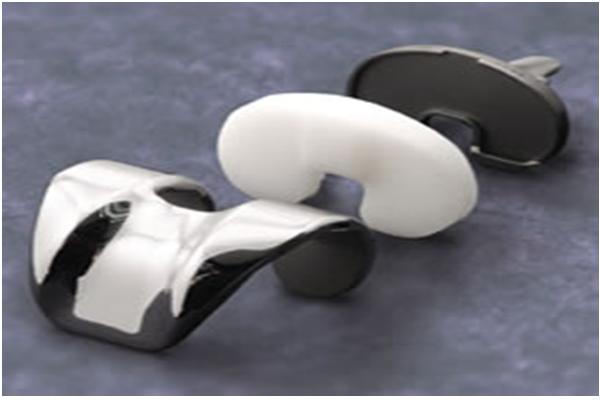
After a total knee replacement surgery, you can notice a dramatic reduction in the knee pain. Moreover, all the normal activities like walking, sitting, getting up, and climbing stairs can be done with ease. But, you cannot indulge in high stress activities like jogging, swimming, running, or jumping. These activities put extra stress on knee joints and can fracture the replaced parts. Moreover, even normal activities like walking should be done within limits. For instance, indulging in vigorous walking, jumping or repetitive stair climbing can also damage the knee parts. The bottom-line is the replaced parts wear out with every activity you do after the surgery, so overdoing the activities is only going to increase the rate of damage. If the implanted parts become loose, then it can aggravate the knee pain again.
Post operation recovery
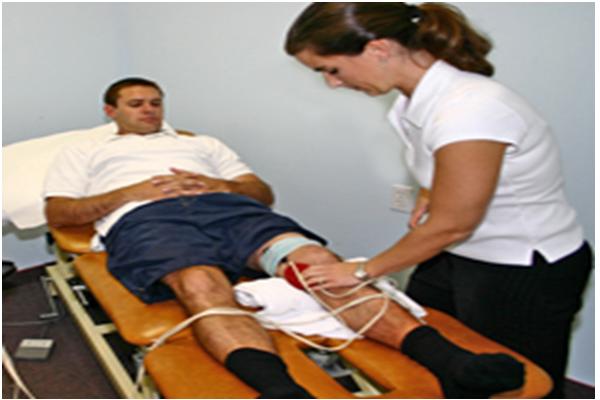
Every patient experiences some amount of pain after a total knee replacement surgery. If the pain is abnormal, then you have to talk to your surgeon. Immediately after the surgery, the patients are given knee support to slowly move their knees. The knee support, also known as continuous passive motion machine, helps to improve blood circulation in the knees, reduces leg swelling and improves venous blood circulation. Exercise plays an important role in the overall success of the surgery. Exercise that involves knee movement like walking is important for quick recovery. This is essential because while moving the knees, the artificial joints gel with the knee properly and begin to function normally. Moreover, after surgery it is necessary to prevent blood clots or leg swelling. Lack of movement in the legs for a prolonged period can result in deep vein thrombosis. So, it is essential to indulge in regular walking or some form of physical exercise that can keep the leg muscles and knees active. Depending on a patient’s condition, a physiotherapist would also teach exercises that can aid to fast recovery.
Complications after surgery
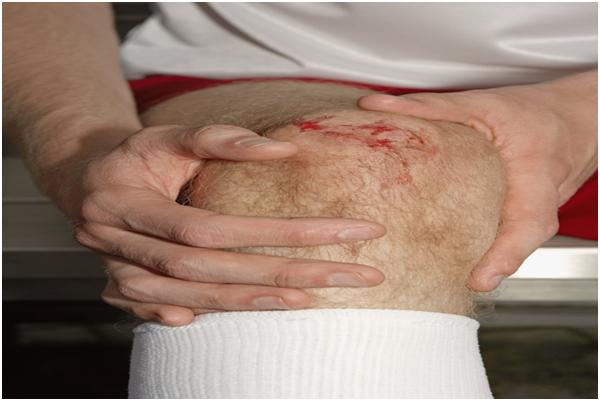
As the implanted compartments loosen, then it can result in complications. One of the major risks of knee replacement includes formation of blood clots in the legs that can travel to lungs. This can be prevented by strictly adhering to the exercises suggested by physiotherapist. Other complication include stiffness of legs, bleeding in the knee joint, blood vessel injury, chronic knee pain if the replaced parts loosen or infection in the knee.
Recovery at home
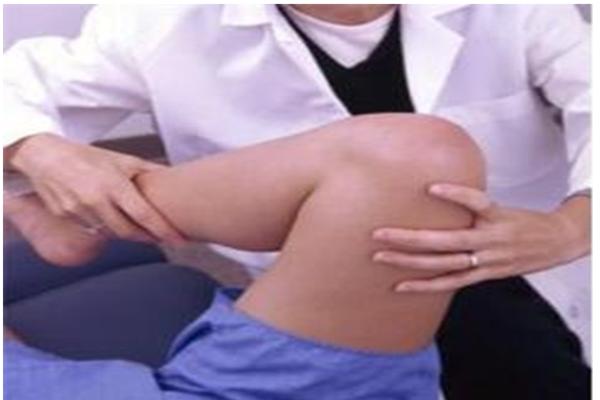
The wounds that were formed during the surgery have to be treated carefully. It is necessary to keep the surgical wounds dry and clean to prevent knee infection. One of the most important things is following a balanced diet that can aid to quick recovery. Diets that have high iron supplements can improve quick healing but at the same time, it can increase the blood clots. So it is essential to keep a balanced diet that can give you good muscle strength. Exercise is an important part of the recovery process after a total knee replacement surgery, but indulging in too much of exercise can wear out the knee joints again. During the recovery process, it is essential to keep a watch on the pain in your knees, redness above the knee area, and swelling in the knee region.
Via: About




